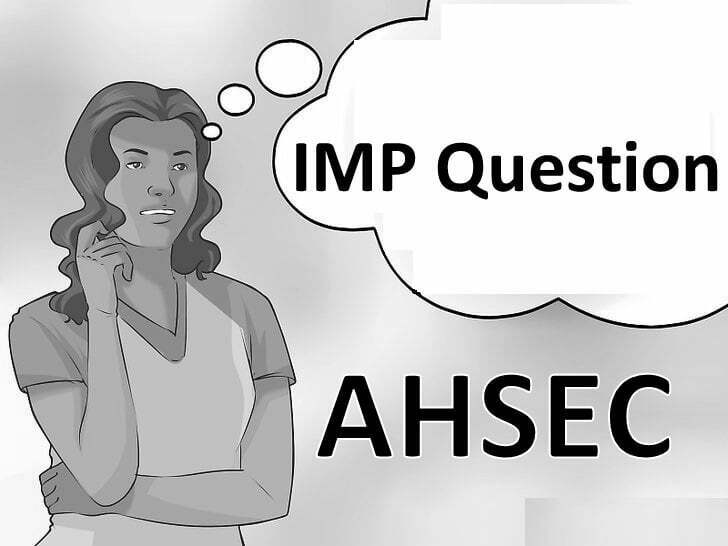
Bhadra, D.Kastha, S.Banerjee, “Wind Electrical Systems”, Oxford University Press, 2005.Ģ. Ability to handle the engineering aspects of electrical energy generation and utilization.ġ. Ability to understand and analyze power system operation, stability, control and protection. Need for Hybrid Systems- Range and type of Hybrid systems- Case studies of Wind-PV Maximum Stand alone operation of fixed and variable speed wind energy conversion systems and solar system- Grid connection Issues -Grid integrated PMSG, SCIG Based WECS, grid Integrated solar system Solar: Block diagram of solar photo voltaic system -Principle of operation: line commutated converters (inversion-mode) - Boost and buck-boost converters- selection of inverter, battery sizing, array sizing Wind: Three phase AC voltage controllers- AC-DC-AC converters: uncontrolled rectifiers, PWM Inverters, Grid Interactive Inverters-matrix converters. Reference theory fundamentals-principle of operation and analysis: IG, PMSG, SCIG and DFIG. UNIT II ELECTRICAL MACHINES FOR RENEWABLE ENERGY CONVERSION 9 Wind, ocean, Biomass, Fuel cell, Hydrogen energy systems and hybrid renewable energy systems.

To develop maximum power point tracking algorithms.Įnvironmental aspects of electric energy conversion: impacts of renewable energy generation onĮnvironment (cost-GHG Emission) - Qualitative study of different renewable energy resources: Solar, To design different power converters namely AC to DC, DC to DC and AC to AC converters for To analyse and comprehend the various operating modes of wind electrical generators and solar To equip with required skills to derive the criteria for the design of power converters for renewable

To Provide knowledge about the stand alone and grid connected renewable energy systems.


EE6009 POWER ELECTRONICS FOR RENEWABLE ENERGY SYSTEMS - REGULATION - 2013


 0 kommentar(er)
0 kommentar(er)
